60-foot HF end fed antenna for 10-160 meters that enables a tuner to achieve a near perfect SWR, with limited efficiency while using a tuner on 160 meters. Rated #1 by eHam users as the best horizontal end-fed antenna for base operations for over 10 years.
Reviews
Here is what everyone is saying about this system: eHam Reviews
HF End Fed Antenna Specifications
- Frequency Coverage: 1.8-29.7 MHz (160-10 Meters) NOTE – 160M requires an external tuner
- Peak Power: 250 PEP SSB, 125 CW, or 25 watts for digital modes. NOTE – The MIL-STD-188 M110a digital communications mode is rated at bursts of 100 watts digital for up to 1 minute using the MIL-STD Data Modem Terminal (MS-DMT) and Automated Message Terminal (AMT) software applications.
- Length: 60 Feet
- Weight: 1 pound
- Configuration: End fed antenna configurable as Sloped or Horizontal
- Connector: UHF type SO-239
Analysis
| 60 Foot element | |
| 10 Meters | 1.61 |
| 12 Meters | 2.43 |
| 15 Meters | 1.75 |
| 17 Meters | 1.52 |
| 20 Meters | 2.20 |
| 40 Meters | 2.67 |
| 80 Meters | 2.08 |
| 160 Meters | Between 5:1 or 6:1 so an external tuner is required. |
Deployment
Please visit us at Alpha Antenna – YouTube for instructional videos.
Click Image for the Configurations Page
Specifications, prices, and descriptions are subject to change without notice.
Reviews
| 5 star | 100% | |
| 4 star | 0% | |
| 3 star | 0% | |
| 2 star | 0% | |
| 1 star | 0% |

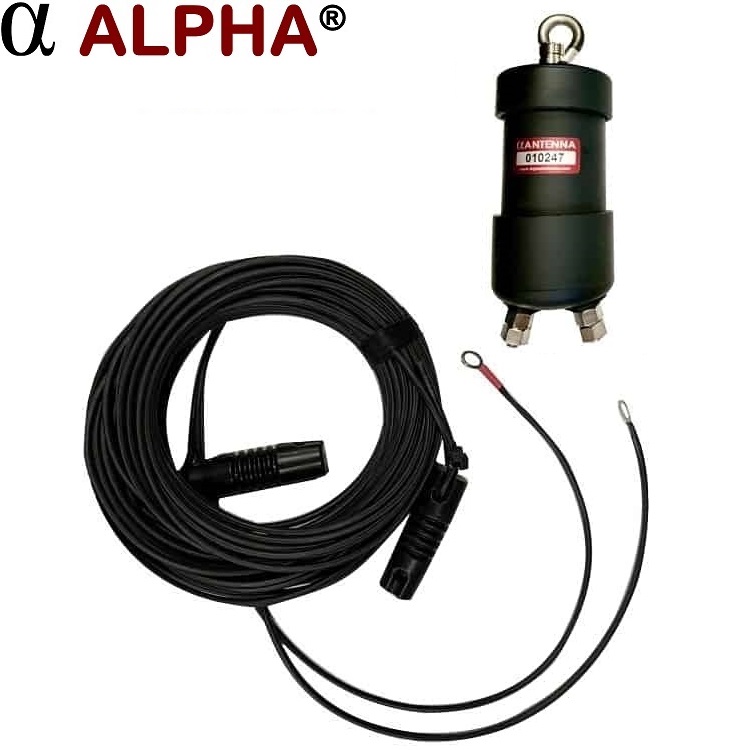
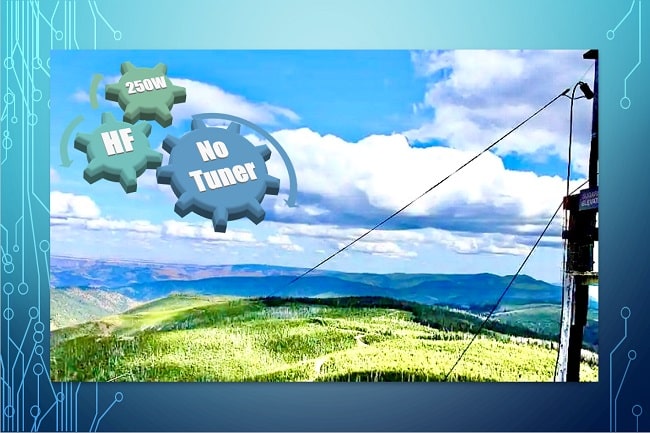
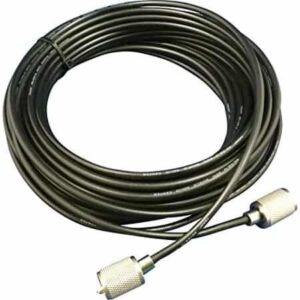
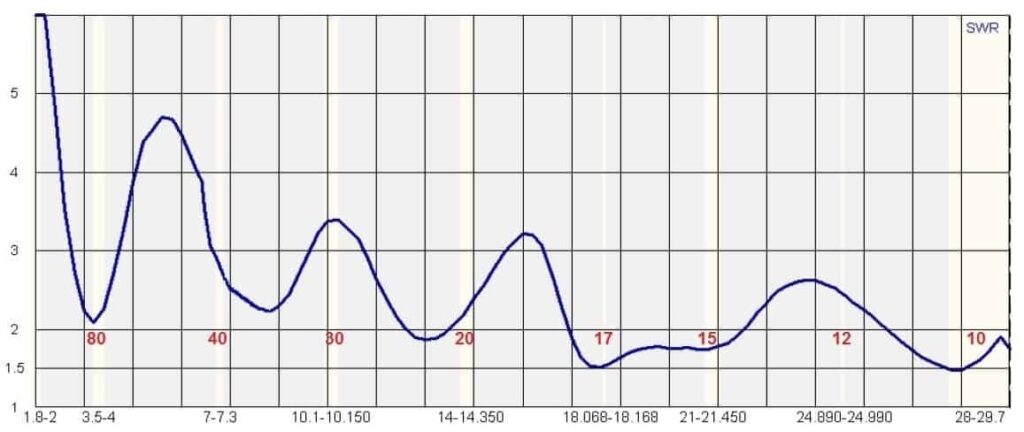
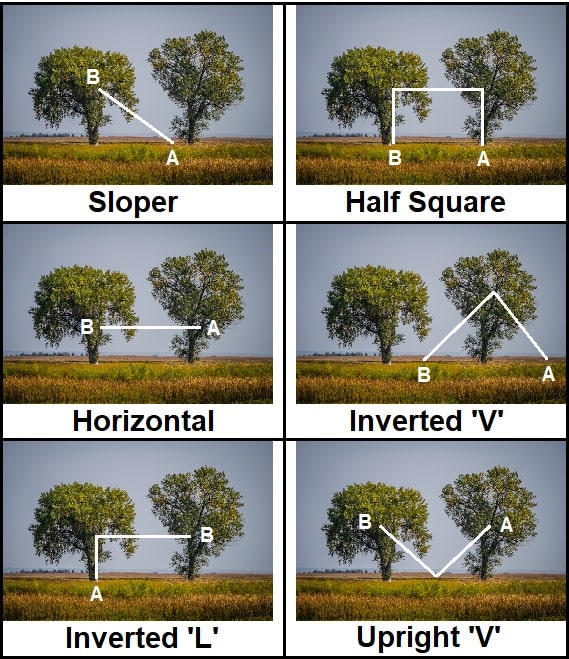
I really like this antenna. I was able to listen to hamradio crash course josh in California make contact to someone in New Zealand im in Central ohio. My radio is the g90
We bought the Alpha Antenna JPole Snr direct from Alpha probably a month or two ago because the dealers in the uk were all either showing as sold out or discontinued product but hadn’t had a chance to get it up outside till last weekend. We bought the antenna knowing that it was known as a compromise antenna being so short at only 60 feet long. We weren’t expecting miracles from the antenna because of the short length of the radiating element. The Jpole Snr was bought to complement 2 existing end fed antennas 1 of random length and one being an end fed dipole cut for 40 meters and 1 multi band antenna being a multi band vertical covering 80 meters up to 6 meters, another vertical antenna covers 10 an 12 meters as a 5/8th wave vertical dipole. Various dipoles cover the bands from 40 meters to 10 meters. Myself and my wife finally managed to get the antenna up outside at the weekend and it has really been an eye opener for us as its mounted at 6/7 feet at the low end and about 16/17 feet at the high end so again we weren’t expecting miracles from the Jpole Snr. I’m pleased to say that the antenna has beaten all expectations for us so far. I’m not a dxer or contester by any stretch of the imagination but regularly hear Australia, Japan etc regularly on 10/12 meter 5/8th wave vertical dipole but definitely didn’t expect to on the Jpole Snr. Australia etc are mostly only down a few S points using the Jpole Snr. It tunes most bands with the internal tuners on both the ic-7300 and ic-7610 and all bands with the help of an external tuner. I have received solid signals and signal reports on all bands tried so far, it is equal to or better than the 40 meter end fed dipole which is up slightly higher than the Jpole. So far the Jpole is equal to about the same or in a couple of cases better than resonant dipoles for the 40 meters and above bands. I don’t have a full size antenna for 80 meters up yet but the Jpole beats the multi band vertical that i do have on the 80 meter band and also most other bands that it covers. So far the Jpole seems to be a solid performer on incoming and outgoing signals from the contacts made in and around the uk and europe and also into both North and South America. I haven’t had the opportunity yet to try it for a lot of countries but I think it will be ok. The antenna is well built and seems to be made from high quality components with the wire itself being suited for outdoor use as it is a decent quality direct bury type of wire. So far so good for us with the Jpole Snr and I’m glad I made the purchase. Using a rig expert aa-650 zoom analyser the Jpole shows a reasonable swr on all bands covered, most bands are under 3 swr and a few are under 2 and the bands I can’t tune with the internal tuners I can tune with the manual tuner. For what it is and what it can do for me it was a good buy. 73. John. Glasgow, UK.
The best antenna you can have for a smaller backyards, I have 61 countries 311 QSOs in last month, both on SSB and FT8 at 30W. My LDG tuner can Tune all the bands with ease.
Unique design with the counterpoise routed along the radiating wire. I rarely use the antenna tuner my yt-991a has, good > 2.0 match almost across the spectrum with some deviation on 40 meters (2.5 SWR)